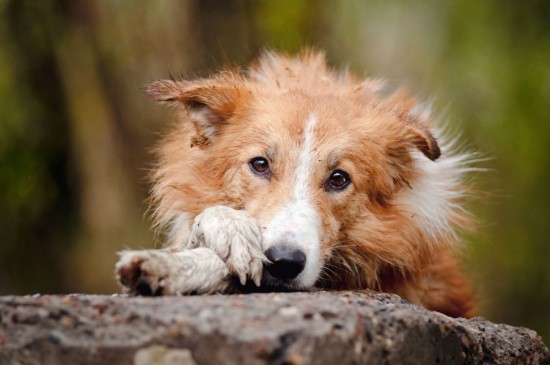
A wild cat species, the African Wild Cat is one of the oldest felines in evolutionary terms. It resides in parts of Africa and Arabian peninsula.
The African Wild Cat, also known as African Desert Cat, appears to have evolved as a unique specie many thousands of years ago. Its coloration varies from sandy yellow to gray as it ranges from arid to forested habitats. Body length is around one half to three quarters of a meter with weight ranging from five to fifteen pounds. Fur is short and marked by tabby-like spots and stripes. Tail is somewhat pointed and fur behind the ears has a certain reddish shade.
Primarily a nocturnal hunter, crepuscular activity is often recorded in territories uninhabited by humans. Hunting is through the stalk and ambush method. Small mammals including rodents and mice are generally taken, along with reptiles, insects and birds. Males are territorial and protective of their domain, that often includes ranges of a number of females.
Highly adaptable, the wild cat, Felis Silvestris Lybica, is seen in a variety of habitats including bush country and plains. The geographical range includes large parts of Africa excluding the rainforests of Central Africa and some of the extreme regions of the Sahara desert. It is also recorded in certain coastal areas of the Middle East. A number of subspecies (ten to fifteen) are recognized but owing to the considerable similarities amongst them, the classification system is widely disputed by scientists.
Litter size of the African Wild Cat ranges from two to six babies, with three being the norm. Pregnancy lasts around two months and conception is often timed so that the kittens are born in the rainy season when food supply is plentiful. Independence is reached at six months and sexual maturity at twice that age.
Like other wild cats, the principal threat to this beautiful feline is from hybridizing with feral and domestic cats. Conservation strategies include breeding programs for maintenance of the pure gene pool at least in captivity (with future aims at reintroduction in the wild) and management of feral cat populations in the wild.
Article Tags: African Wild
 Feeding Your Dog In The Autumn And Winter
Feeding Your Dog
Feeding Your Dog In The Autumn And Winter
Feeding Your Dog
 Doggy Day Care - Options For Your Dog If You Work All Day
Doggy Day Care -
Doggy Day Care - Options For Your Dog If You Work All Day
Doggy Day Care -
 How To Recognise And Deal With Internal Bleeding In Dogs
How To Recognise
How To Recognise And Deal With Internal Bleeding In Dogs
How To Recognise
 What To Do If You Suspect That An Animal Is Being Mistreated
What To Do If You
What To Do If You Suspect That An Animal Is Being Mistreated
What To Do If You
 Why Is My Cats Fur Coming Out In Clumps?
Why Is My Cats Fu
Why Is My Cats Fur Coming Out In Clumps?
Why Is My Cats Fu
Copyright © 2005-2016 Pet Information All Rights Reserved
Contact us: www162date@outlook.com